Our top tips for making your transition to a gluten-free diet as smooth as possible.
Be patient
Adapting to a completely gluten-free diet can feel overwhelming and many people may experience a form of grief. Don’t expect the transition to be without its challenges, but things will get easier as you learn more and gain confidence in your choices.
Focus on the positives
Concentrate on what you can eat, not on what you can’t. Remember that most healthy foods are gluten-free, including meat, fish, poultry, potatoes, rice, beans, eggs, vegetables, corn, fruits, rice, nuts and legumes. Plain fruit juices, milk, coffee, tea, wine and distilled alcoholic beverages are also free from gluten.
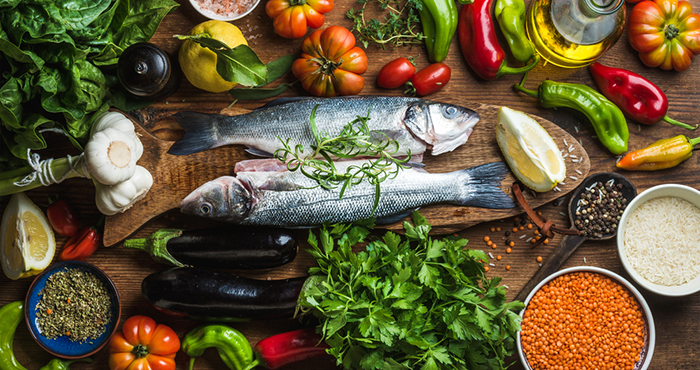
Don’t cheat
You may be very tempted to cheat on your gluten-free diet. If you have coeliac disease, it is crucial that you resist. Damage is done to your gut every single time you ingest gluten.
Μake connections
Get in touch with the Coeliac Society of Ireland and/or another support group. Not only will you find it helpful to talk to other people who understand what you’re going through, but such groups can also be a wealth of information on things like shopping, cooking and eating out.
Gather information
Learn everything you can about the gluten-free diet, choosing reputable sources such as the Coeliac Society of Ireland; there is a lot of conflicting information out there.
Adapt your cooking
Learn some new, specifically gluten-free recipes. As you become more used to coeliac-friendly cooking, you can work on converting your old favourites to work without gluten.
Grow supermarket savvy
At first, shopping trips will take much longer than they used to, as you’ll have to read every label every time and you won’t be familiar with many of the ingredients. This will become second nature after a time. Focus on the fruit, vegetable, meat, fish and dairy aisles, where practically everything will be gluten-free.
Become a label expert
Learn your label language and how to identify hidden gluten. Label reading may seem overwhelming, but will become much easier with practice.
Learn how to eat out
When dining out, clearly explain your dietary needs to the server, manager or chef. An increasing number of restaurants now have gluten-free menus, but it’s always important to emphasise that you have coeliac disease and that eating gluten-free is more than a lifestyle choice.

Vary your diet
Simply eating the same meals over and over again may seem like the easiest option, but a varied diet is crucial for good health.
Choose whole grains
Whole grains are a crucial part of a healthy gluten-free diet, including rice, buckwheat, quinoa, sorghum, amaranth, teff and millet. Whole grains are rich in fibre, antioxidants, important minerals such as calcium, magnesium and selenium, and vitamins including B6, E and niacin.
Βe clear about calcium
Eat plenty of calcium-rich food, as calcium is one of the main nutrients robbed from the body by coeliac disease. Insufficient intake of calcium can lead to long-term health problems, such as osteoporosis.
Plan appropriately
Many meals are naturally gluten-free. Plan meals around fish or meat, vegetables and potatoes or rice for an option that doesn’t involve too much thought.
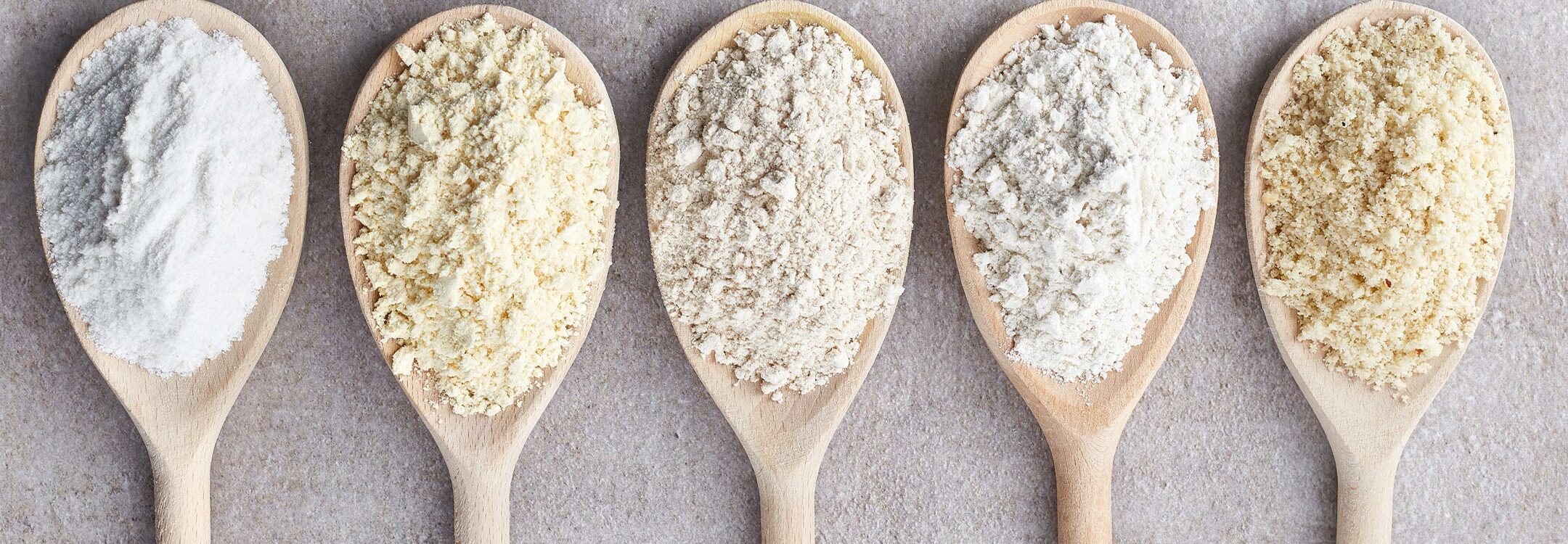
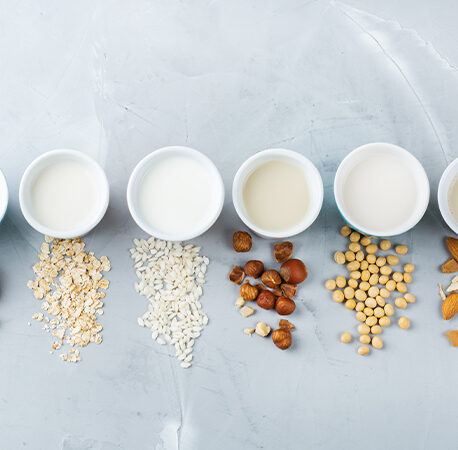
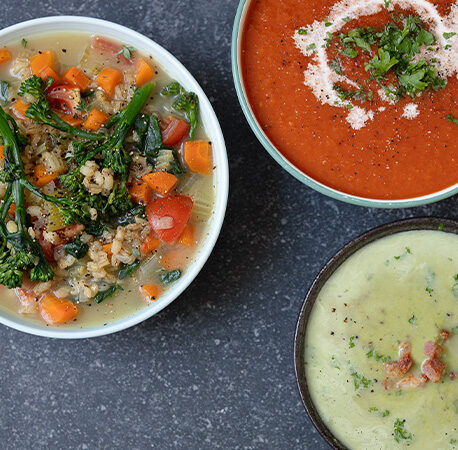
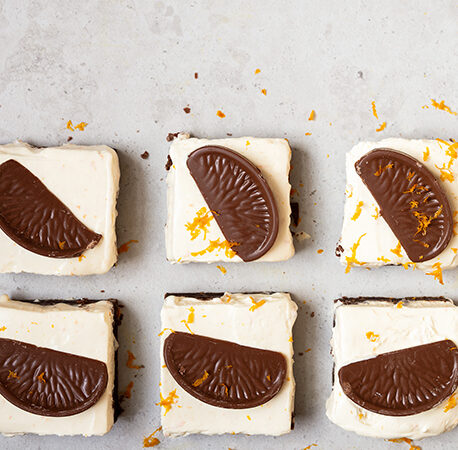
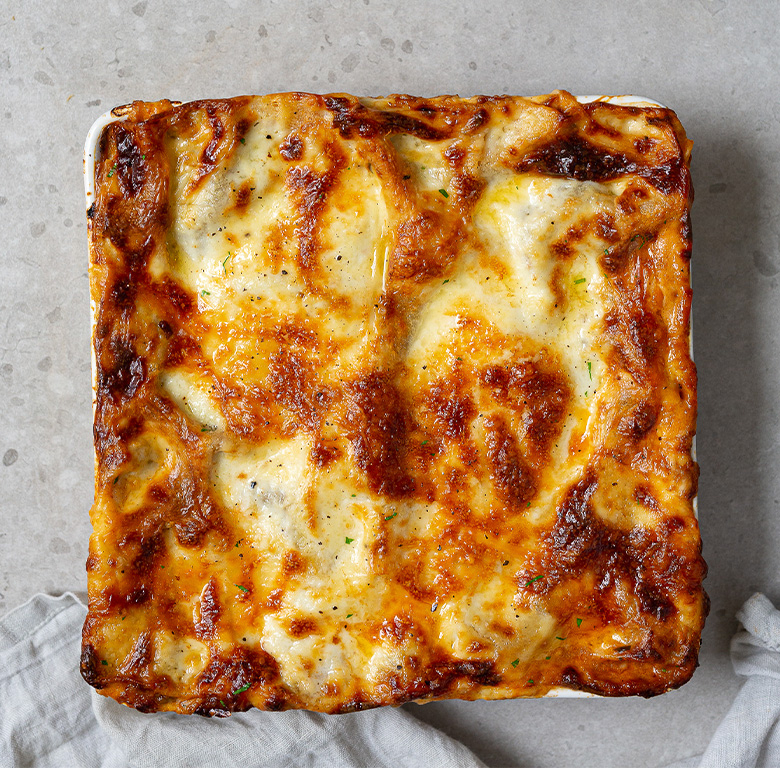

You have to be signed in to comment this post.